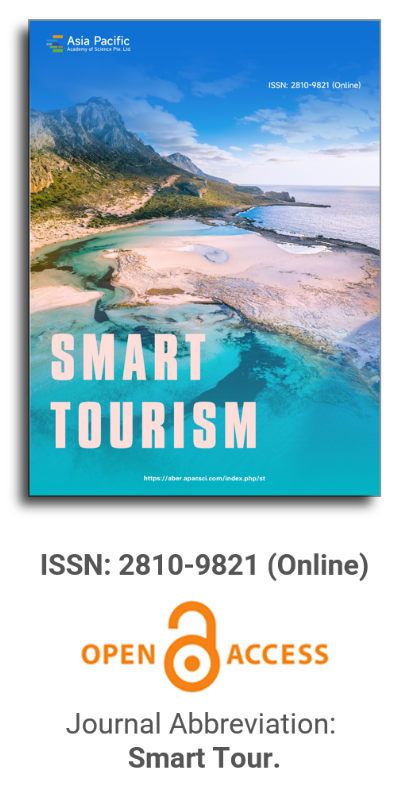


Issue release: 31 December 2025
The Lejja Archaeological Site showcases Nigeria’s diverse cultural heritage, highlighting its historical significance through its unique features. Despite its cultural asset, the site remains unexamined in the context of tourism. The neglect is primarily due to issues like inadequate infrastructure, poor accessibility, low digital visibility, and lack of coordinated stakeholder engagement in its development and promotion. The study explores the harnessing and marketing of Lejja Archaeological Site for sustainable tourism destination in Nigeria. The study adopt qualitative research design and data sourcing, which includes in-depth interviews, semi structured interviews, and site observations for data collection. Six people were interviewed in the course of the study. The data was analysed using descriptive approach. However, the findings identify the site’s features with tourist potentials and strategies on how to harness them. Additionally, the marketing strategies tailored to target audiences, including branding, digital marketing, and cultural events were analyzed. This article provides insights into sustainable tourism development that motivates policymakers and stakeholders to support the sustainable development of Lejja Archaeological Site. Ultimately, by harnessing and effectively marketing this cultural gem, Nigeria can unlock economic opportunities, preserve its heritage, and enrich the tourism landscape. Future study recommended to investigate community-based tourism and indigenous knowledge, plan for upgrading tourism infrastructure, digital and virtual heritage tourism, and comparative heritage site analysis.

Prof. Hung-Che Wu
Nanfang College, Guangzhou
China
Indexing & Archiving
Asia Pacific Academy of Science Pte. Ltd. (APACSCI) specializes in international journal publishing. APACSCI adopts the open access publishing model and provides an important communication bridge for academic groups whose interest fields include engineering, technology, medicine, computer, mathematics, agriculture and forestry, and environment.


 Open Access
Open Access

.jpg)
.jpg)

.jpg)

